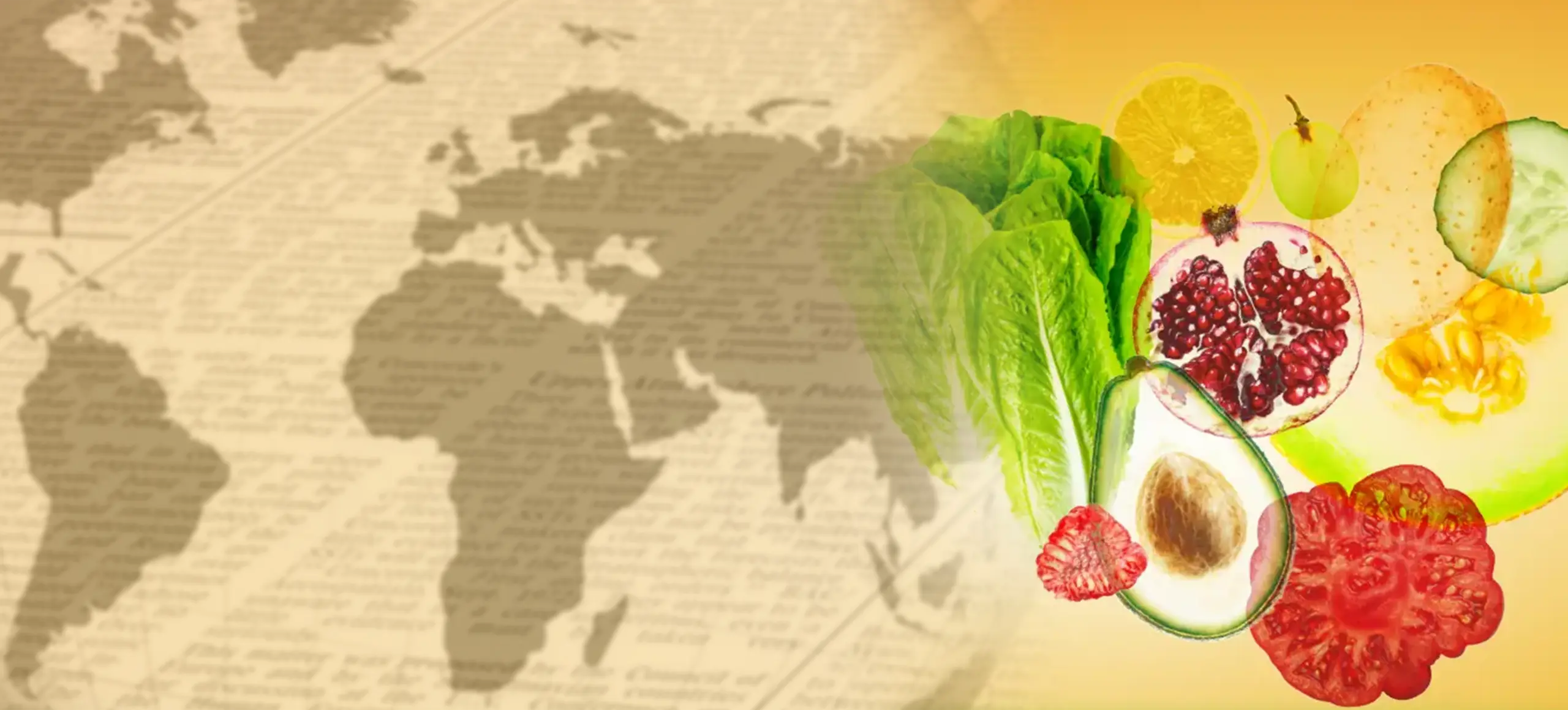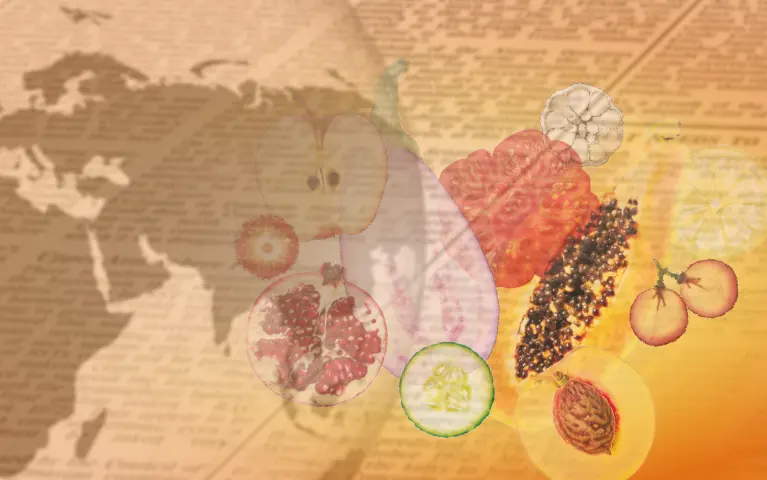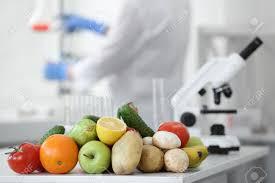

New CRISPR techniques. Regulatory development and application in the fruit and vegetable sector.
Discover all the regulations and application of CRISPR techniques in fruit and vegetable gene editing. Complete and updated guide for Europe.
What is CRISPR?
The CRISPR technique is a gene editing tool that makes it possible to modify the DNA of organisms with unprecedented precision, efficiency and simplicity. Its acronym stands for Clustered Regularly Interspaced Short Palindromic Repeats. In other words, repeated sequences in the DNA of bacteria.
Enzymes, called Cas9 and Cas12, work like ‘molecular scissors’, capable of cutting and editing genes at specific locations. Unlike genetically modified organisms (GMOs), they do not need to insert external DNA to perform their function. Once the DNA is cut, the cell's natural DNA repair system can: ‘turn off’ a gene, correct a mutation, or insert a new sequence.
Who discovered it and its history
The origin of the discovery of CRISPR technology dates back to the 1980s, when in 1987 Japanese scientist Yoshizimi Ishino discovered strange repeated sequences in the DNA of E. coli bacteria.
However, Francisco Mojica, a microbiologist and professor at the University of Alicante, is considered to be the discoverer of CRISPR sequences and their role in bacterial immunity. In 2005, his research group studied these sequences in bacteria and archaea (single-celled microorganisms) and discovered that they were intended to defend against external viruses.
Mojica observed that bacteria stored fragments of viruses in their genome to fight future infections and that they used proteins such as Cas9 to cut the DNA of external viruses. This system was seen as a potential tool for cutting and editing DNA not only in bacteria but also in other organisms.
In 2012, researchers Jennifer Doudna and Emmanuelle Charpetier published a seminal paper showing that this technology could be programmed to cut any specific DNA sequence. In 2020 they received the Nobel Prize in Chemistry, which, however, was not awarded to the Spanish researcher.
Innovation through the use of the CRISPR technique in fruit and vegetables
The applications of the CRISPR technique are very varied, and the most interesting thing is that it is a faster, cheaper and more precise technique than previous developments. These include the elimination of unwanted genes, such as those that cause sensitivity to various diseases. It can also activate or silence them.
This can reduce allergens and toxic compounds in certain fruits and vegetables, or improve their colour, texture or resistance. And in relation to the challenges posed by climate change, it is possible to adapt them to problems such as drought, salinity or excessively hot climates. On the other hand, they also allow the use of less fertilisers and chemicals.
For example, in tomatoes, it is possible to lengthen their ripening, make them resistant to fungi or increase their lycopene content. Lycopene is a natural pigment that gives many fruits and vegetables their red or orange colour. It is a potent antioxidant that can help protect cells from damage and may have health benefits.
Another really interesting application is the reduction of acrylamide in cooked potatoes. Acrylamide is an organic compound that is not naturally present in raw foods, but is formed by a chemical reaction, called the Maillard reaction, between the amino acid asparagine and reducing sugars when the food is heated intensely. Acrylamide is considered toxic because of its carcinogenic potential and its negative effects on the nervous system and fertility.
Researchers at the Chinese Academy of Sciences were able to increase the vitamin C content of lettuce by 150% using CRISPR/Cas9. This breakthrough also reduced post-harvest oxidation, improving the shelf life of the produce. This is a perfect example of applications of great interest to both farmers and consumers.
Advances have also been made in cucumber crops that are more resistant to saline soils, a condition that affects more than 20% of agricultural land worldwide and which is a particularly acute problem in Spain. These strategies could be especially beneficial in coastal regions or areas with saline water irrigation in the Spanish coastal areas of Murcia and Almeria.
For strawberries, which are one of the most delicate fruits to preserve, CRISPR technology allows them to last longer in optimal conditions, as well as improving their aroma and texture. And in other crops, such as cucumber, greater resistance to drought and to environments affected by excessive salinity.
Some fruit and vegetables are already on the market with CRISPR technology. One example is the Sicilian Rouge High GABA tomato. This tomato, developed by the Japanese company Sanatech Seed, was launched on the market in 2021. Its properties include the ability to increase GABA, a non-protein amino acid that acts as a chemical messenger in the central nervous system and regulates various functions such as blood pressure.
In addition, the US company GreenVenus has developed CRISPR-edited lettuce seedlings that have faster growth and higher biomass, and are ideal for vertical farming systems and controlled growing environments.
Benefits in the sector
In addition to the above benefits, CRISPR technology will enable economic benefits for both growers and consumers. This scientific development is capable of accelerating the development of new varieties and also the domestication of wild species with commercial potential for companies and consumers.
For farmers, it will mean lower production costs and higher added value for products on the market. This will give marketing companies an advantageous and differentiated positioning.
On the other hand, consumers will have access to healthier, tastier, longer-lasting and sustainable fruit and vegetables.
Challenges of its use and barriers
CRISPR technology has certain technical limitations like all technologies under development. Some plants are difficult to transform and regenerate, which complicates the editing process. For example, in some asexually propagated crops, such as bananas and potatoes, where the edited genome cannot be easily multiplied by seed.
Applications of the CRISPR technique
The Spanish scientific community is firmly committed to this technology, and regrets that the delay in approving framework legislation has once again left the EU without catching the innovation train in agri-food biotechnology.
For José Miguel Mulet, a chemistry graduate and PhD in Biochemistry and Molecular Biology from the University of Valencia, "CRISPR makes it possible to improve the genetics of crops quickly and accurately without introducing DNA from other species, which should dispel some of the irrational fear of GMOs. But instead of embracing this technology, the EU is determined to regulate CRISPR under the same rules as traditional GMOs. This involves a bureaucratic process that many companies cannot afford, let alone any public research centre.
European regulation of the use of CRISPR in agriculture
In Europe, CRISPR-edited plants are regulated as if they were genetically modified organisms (GMOs) according to a ruling of the Court of Justice of the EU (2018). As a result, no varieties edited with this technology are currently being marketed in EU countries.
On the other hand, countries such as the USA, Japan and Argentina do allow their use as long as there is no insertion of external DNA. In other words, they do not equate them with GMOs. This lack of international legislative harmonisation complicates export processes and limits the possibility of new R&D&I investments within the European Union.
In 2023, the European Commission proposed a legislative reform to allow certain gene editing techniques such as CRISPR within a more flexible regulatory framework. This initiative is still under discussion in the European Parliament and no agreement has yet been reached.
In March 2025, EU member states, including Spain, backed a proposal to make the regulation of new genomic techniques (NGTs), such as CRISPR, in plants more flexible. The proposal seeks to distinguish between genetic modifications that could occur naturally and those that could not, allowing for more proportionate regulation and facilitating the development of disease-resistant and climate change-adapted crops.






